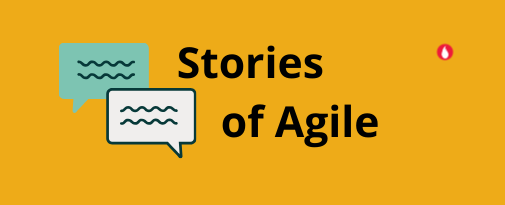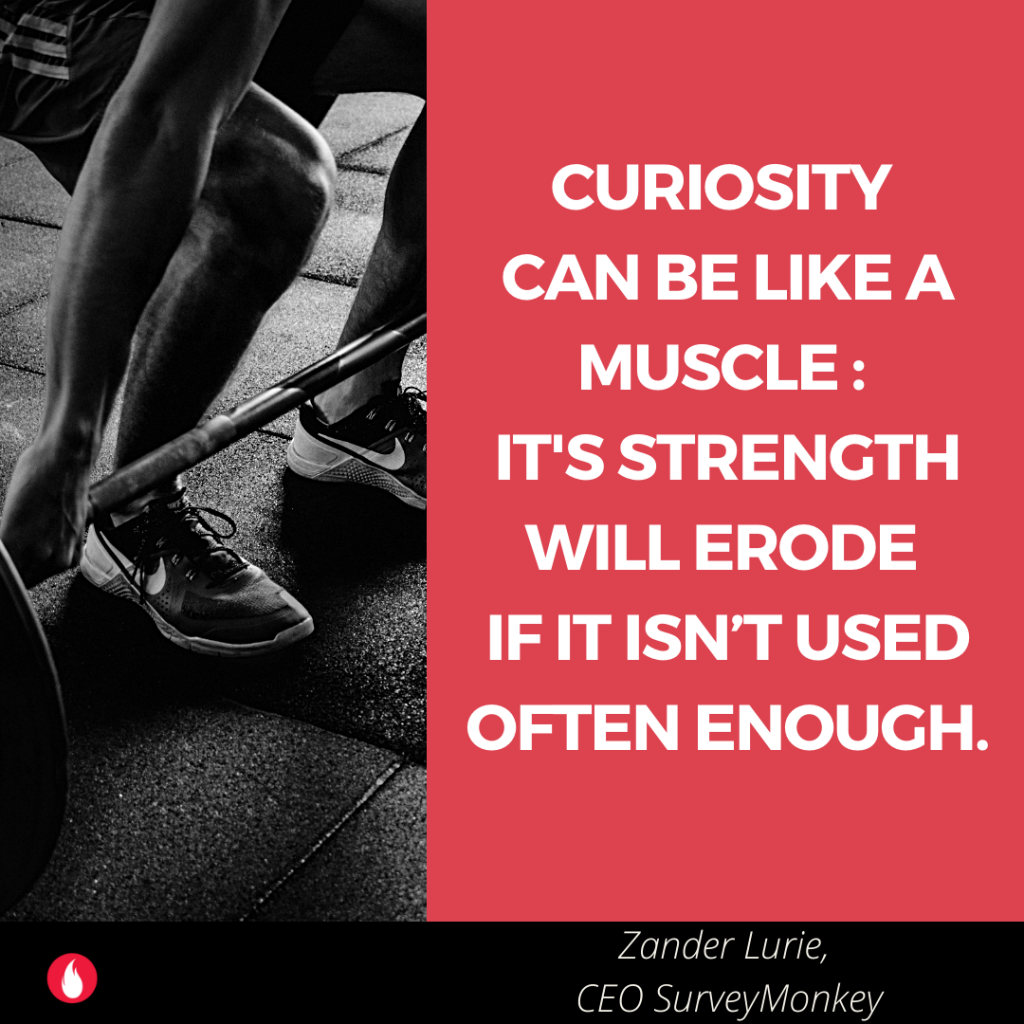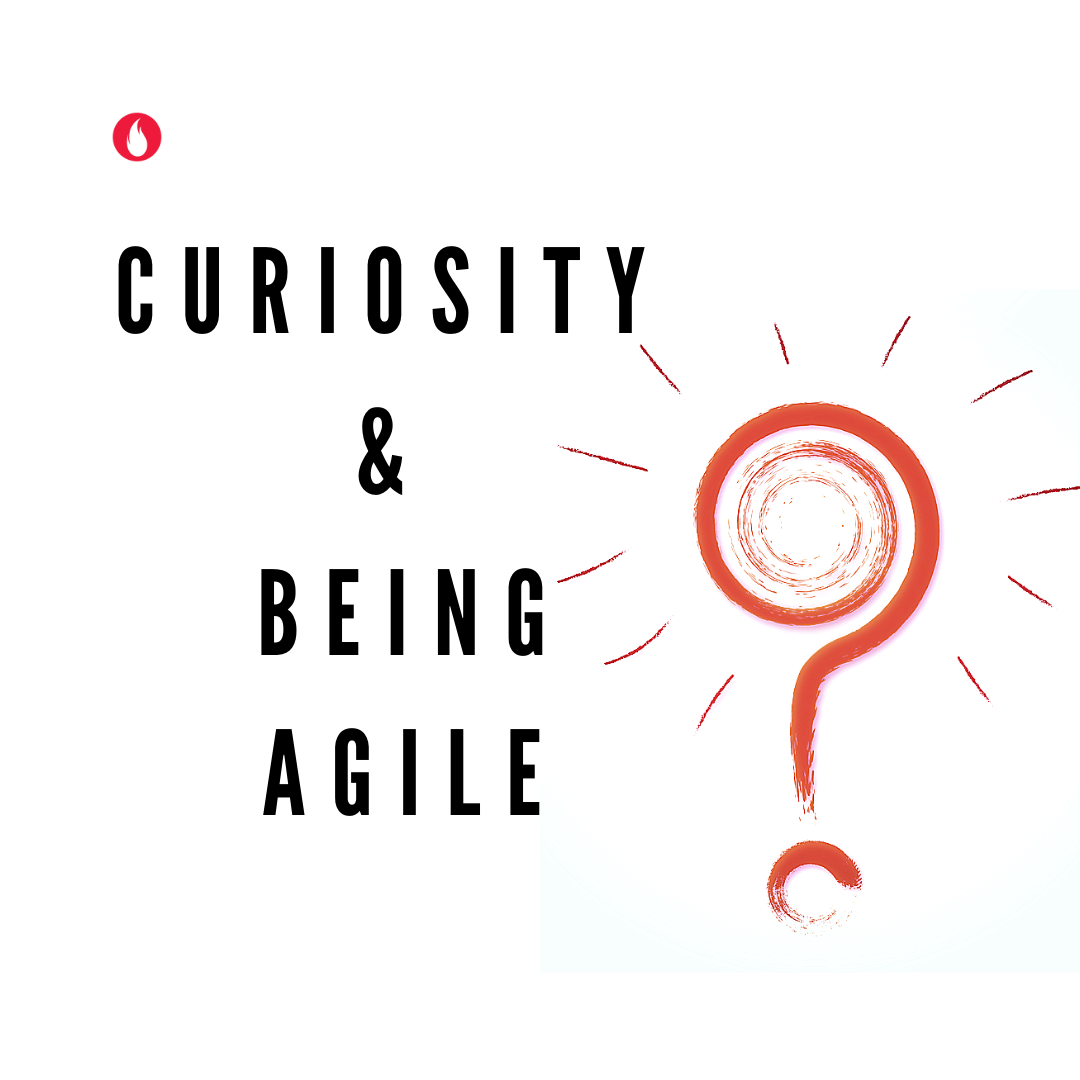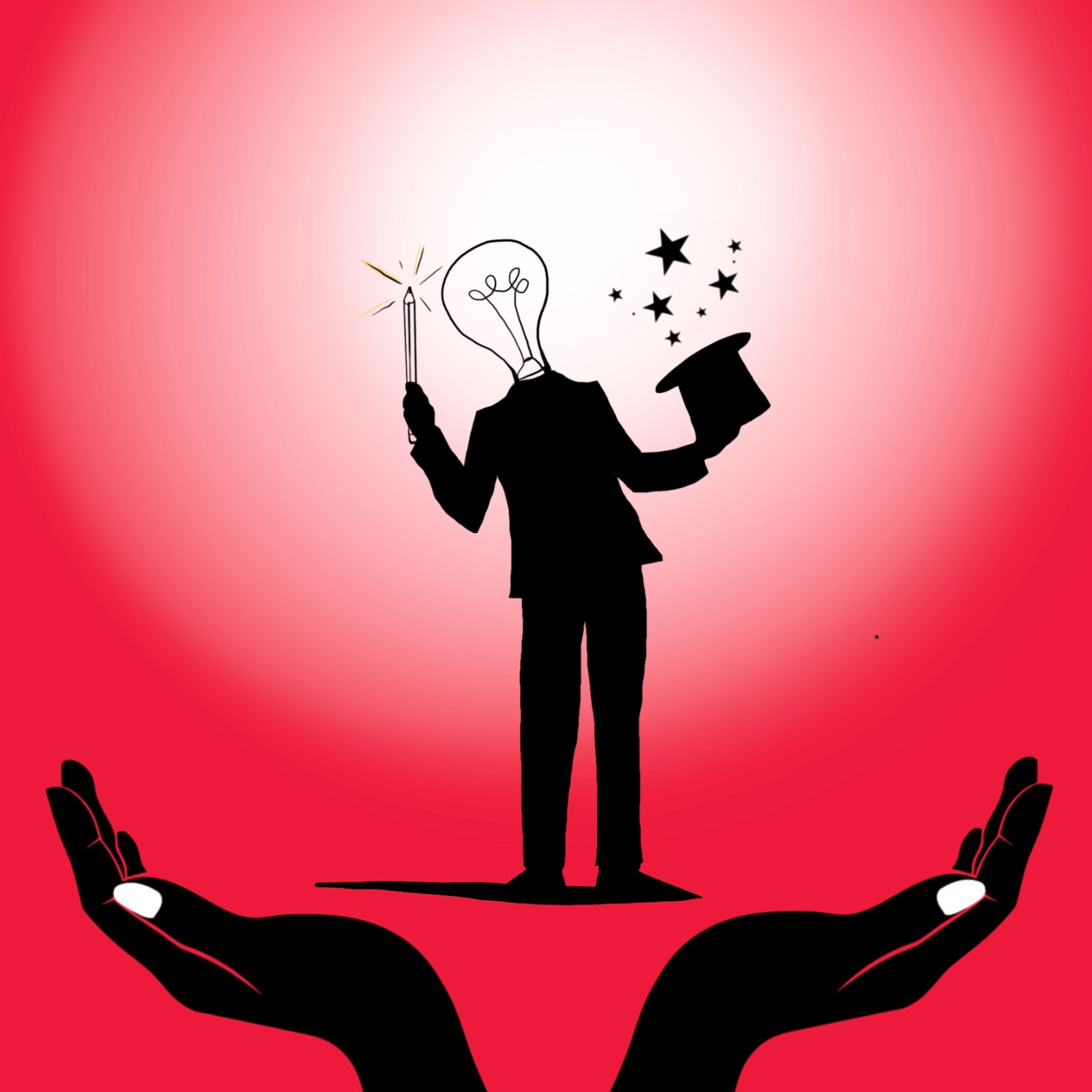The term ‘Research’ conjures up images of effort and intensity. With reams of paper /screens with data and people poring over them looking to glean insights. That companies invest heavily in research is a given! Typically companies invest in research before product launches or declining sales. The winds of change have reached the shores of research as well. Rapidly changing trends and customer preferences do not lend themselves well to merely periodic research efforts. Companies need insights on customer preferences all the time. In this edition of Agile Owl, we feature Survey Monkey, a firm attempting to make research as an ongoing process in companies. Even more importantly making research and curiosity accessible to one and all. How they leveraged Agile methodologies to embed curiosity as a way of working in their teams and achieve this goal is a fascinating story. Read on.

Agile stories from Survey Monkey
Traditionally research and production has followed a phased or waterfall approach. Companies first research the market, then build the product in isolation. Once the product is launched companies then research user responses, based on sales. Can these two processes – research and production be done in tandem to help companies glean real time insights wondered the team at SurveyMonkey? They decided to try implementing this approach of research and production in tandem, at SurveyMonkey first using agile methodologies.
Agile and Research
How do you ensure production and research on customer preferences in tandem? You stay curious throughout. SurveyMonkey had ‘curiosity’ identified as a core values in the organisation much. They now needed processes and systems to help employees live this core value of curiosity ‘daily’. This is where Agile methodologies came in handy for SurveyMonkey.
SurveyMonkey used SCRUM to break down the research on their own products into smaller chunks of work. These chunks could be delivered independently and could create value. This approach freed them up to run small experiments, gather inputs and iterate further.
A typical day at Survey Monkey
An employee at SurveyMonkey would huddle together with his/her team mates at the start of a day. They shared what part of the experiment they would work on ‘that’ day and any help they needed from the team. The SurveyMonkey team had broken the entire research project into experiments that could be completed in two-week sprints. Weekly reflection opportunities in the form of retrospectives, helped teams take stock. Once SurveyMonkey was confident about their DIY research methodologies, did they roll it out to clients as automated solutions.
This agile approach to designing research solutions for customers has created impressive business results for SurveyMonkey. Its fourth quarter results for 2020 shows an impressive 22% year on year revenue growth. Their full year (2020) enterprise sales revenue exceeded $100 million and over $45 million in free cash flow.
What can we learn from the agile implementation at Survey Monkey?
Embedding curiosity as a way of working and a way of being reaps dividends for the organisation and individuals. Here is how curiosity in-practice looks like, drawing from the experiences of SurveyMonkey:
Curiosity as a way of working with Agile
Agile helped teams at SurveyMonkey shift their way of working. They moved from running one research project to testing several hypotheses on an ongoing basis. This helped them weave in curiosity into their daily work. Once woven in, they were no longer looking for one big idea, but building on several experiments instead.
Curiosity as a way of being with Agile
When teams are not looking for one big idea they stay open to nuances. They look and find features, improvements, iterations which enhance the customer experience. They remain open minded in conversations, willing to try and explore. Every interaction finds them curious and exploratory rather than definitive and closed. Curiosity as a way of being has far reaching ripple effects. One such effect, surprising even for the SurveyMonkey team was having to create a new Performance Management system , one that rewarded curiosity!
Apart from one story which captures the human centric change in the world of Agile, the Agile OWL brings to you every fortnight, the latest reads, books, trivia, and quote from the world of Agile and its methodologies. Stuff that caught our attention. This is edition 18 and we carry seven useful links for you. Tell us what you thought of them.

From social media:
• Are your SCRUM teams cobbled together or do they genuinely have a purpose. This one is a simple read to spot tell-tale signs of a team Agile in name only.
• How to get more from your planning exercises – iterations and course correction. Read more here.
• User story or Manager story? Whom are you pleasing with the story is a good question for teams to ask themselves, ever so often.
From the bookshelf:
Hot off the press is the book by Gary Hamel and Michele Zanini ‘Humanocracy’. A well recommended read which helps us change how we change. You can read more here.
From the tool box:
• If you want to teach your teams what Kanban (an agile methodology) feels like this game could give them a good exposure to it. Go an and try the Kanban-Pizza game
From the trivia & fact box:
• Sheryl Sandberg the COO of Facebook, donated her entire stock of SurveyMonkey to charity. To begin with Sheryl Sandberg received these stocks since she was married to Dave Goldberg the deceased CEO of SurveyMonkey.
#AgileQuotes to sign off.

Note : This post is Edition 18 of the Agile OWL from the OWL umbrella. The Agile OWL is a newsletter focused on the human experiences and stories within agile transformations. Sign up to receive the newsletter here



